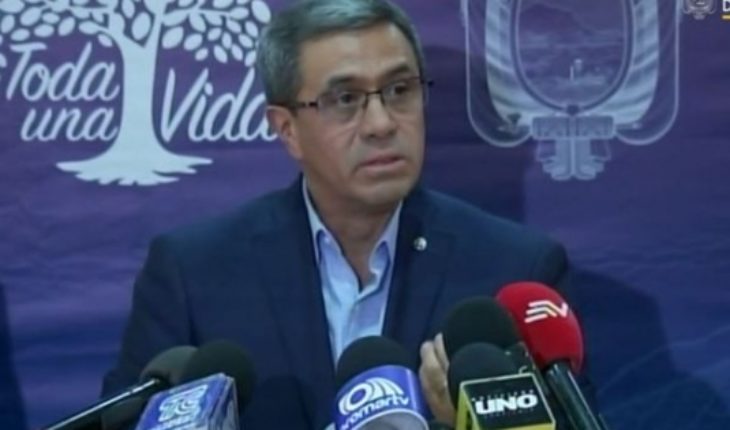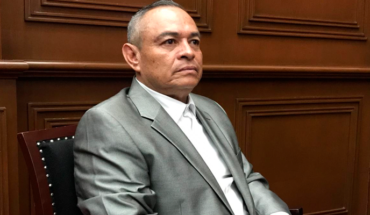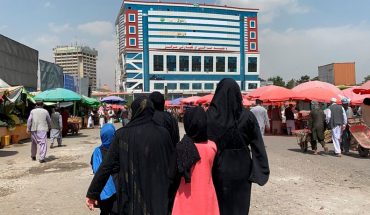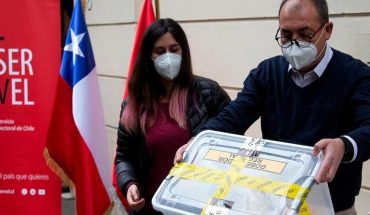In the midst of a massive march led by indigenous groups in Ecuador’s capital, the government on Wednesday presented a series of proposals to “return to peace in the country”.
Thousands of indigenous people marched through the historic center of Quito in protest at the elimination of the fuel subsidy that came into force last week.
Some of them, directly demanding the departure of President Lenín Moreno.
To end the protests, the secretary general of the presidency, José Augusto Briones, offered indigenous communities a plan focused on the agricultural sector “with six axes of action in rurality”.
Thousands of indigenous people marched through the historic center of Quito in protest at the elimination of the fuel subsidy that came into force last week. The goal, the official said at a press conference, is to “compensate for the effects of the end of the fuel subsidy” and create new opportunities.
However, the elimination of subsidies, the main cause of protests, remains.
Briones noted that the government is willing to expand the discussion with indigenous people to reach agreements.
He indicated that these were initial talks “to build trust between the parties” and raised mediation with the intervention of the United Nations and the Episcopal Conference.
The plan proposed by Lenin Moreno’s government includes:
1. Water: facilitate access to water through a parcel irrigation system
2. Lands: restructuring debts of organizations that are not up-to-date on land finance payments
3. Field and production: financing and agricultural insurance; 100% of fines imposed by Senagua (Secretary of Water); development of technological kits, machinery and the establishment of collection centres
4. Livestock and pasture: development of 2,000 hectares of improved pastures
5. Education: reopening of multi-degree schools and increase of bilingual teachers
6. Rural transport: adequacy of 500 km of rural agriways
The government also proposes the establishment of community development projects based on equity and participation.
The secretary general of the presidency said the government’s only condition is to “return to peace in the country.” Briones indicated that compliance with the proposals will be monitored by a commission composed of delegates, indigenous communities, mediators (the UN and the Episcopal Conference), and the national government.
He added that the government’s only condition is to “return to peace in the country.” Indigenous leaders have denied being in dialogue with the government
The official noted that the proposals stem from a preliminary meeting held a day earlier with the UN as a mediator involving delegates from the main indigenous organizations, the Conaie, Confeniae and Ecuarunari, as well as delegates from the workers’ guilds.
However, on the indigenous sector’s request to repeal the decree eliminating gasoline subsidies, the official stated that to sit down and have a dialogue, Ecuador must be pacified first.
Ecuador is already feeling the economic impact of the protests, as with the nation has been forced to reduce its oil production, among other affectations. Briones presented his proposal hours after President Lenin Moreno returned to Quito from Guayaquil, where on Monday, amid strong protests, he decided to set up the government headquarters.
Moreno launched a social media message ensuring that dialogue is getting closer and closer and that “the crisis will be resolved soon.”
But the head of the Conaie, Jaime Vargas, then assured that there are no dialogues, as his “fight is in the streets”.
translated from Spanish: Crisis in Ecuador: the 6 proposals of the government of Lenín Moreno to defuse the protests (and which do not include the fuel subsidy)
October 10, 2019 |





